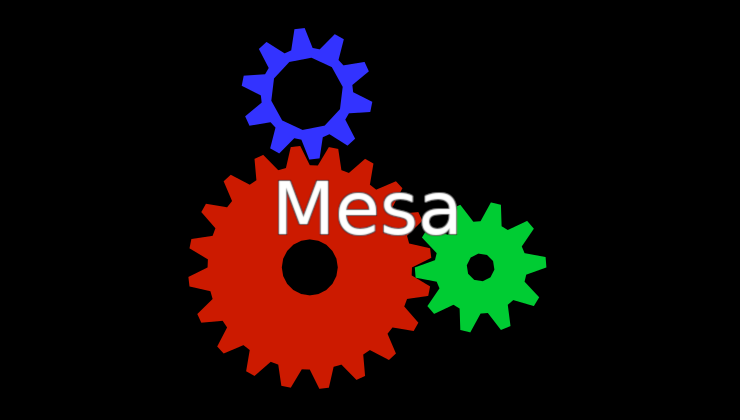Thanks to a new patent that went public on June 17, we can see a little more behind the scenes work on what Valve has planned for their next VR kit with what could be a Valve Index 2. The news and speculation comes thanks to a video from SadlyItsBradley.
The patent itself was actually filed back in December 2019, so it's not actually new. However, it did only just this month go public so now we're able to dive in and see what Valve were thinking about their next steps. It goes to show that they were clearly already thinking about the next generation as the Valve Index was releasing back in June 2019.
Wireless VR is the next true step to make the experience even better. As an owner of a Valve Index (and it's awesome), I can safely say it would be far nicer without the big thick wire attached to it. It gets in the way, you can easily step on it and unplug it, and it's just another part that can break. Part of the problem with wireless or standalone VR kits, as Valve say in the patent, is that they can be heavy and hot due to doing all of the rendering. Some of the skimp on the power to get around this but then you get less of an experience. So how to do deal with those and other issues?
What we can see from the patent is that Valve wanted to have a split rendering system where a PC would do some of it, send it wirelessly over to a HMD (Head-mounted display) to then have the HMD do some too.
Working together, it seems, Valve think this would solve current issues with latency and graphical power for VR. The patent goes into some depth on all the ins and outs of how it would work, including that the HMD looks to be almost be a full computer (see above picture). Part of how they want to solve it using this split rendering system is to have the HMD attempt to correct any errors, and it would be able to do so if it has enough power inside it with it not needing to render everything by itself.
Not only does it talk about the details of the split-rendering mode, it also mentions how it could be used as a standalone device for less graphically intensive games, movies and more. So we could be looking at a new VR kit from Valve that doubles up as a standalone unit and one that can connect up to a PC either wired or wirelessly (it mentions both).
Complicated stuff but this is all incredibly exciting to make VR more accessible than it currently is!
If this turns into a real product, along with a possible handheld SteamPal - Valve would be well positioned to keep pulling in future gamers of all kinds.
I was going to say, if you wanted like a 3080 RTX performance in a stand alone, I hope you have Lou Ferrigno's neck and have Radioactive Man's goggles! (The goggles, ze do notting!)So instead of being essentially a fancy display, the headset will have its own GPU?Standalone VR headsets already exist with their own GPU. The Oculus Quest uses the Adreno 540 and the Quest 2 uses the Adreno 650. In terms of graphics power they're pretty weak, but going stronger risks melting your face. The idea of this is that you can offload some of the face melting stuff to a different machine, but have enough local processing power that the latency doesn't make you hurl.
That moves things into interesting direction of eventually rendering everything on the headset itself, but I guess they need to get small enough first while being powerful. Current GPUs required for VR use a ton of power and need serious heat dissipation.
They need to go inside out tracking, ditch these tracking station nonsense! Still a very expensive premium product that most aussies can't afford.Inside out tracking is still crap in comparison though, as you basically have to stare at your hands to get proper tracking.
They need to go inside out tracking, ditch these tracking station nonsense! Still a very expensive premium product that most aussies can't afford.Inside out tracking is still crap in comparison though, as you basically have to stare at your hands to get proper tracking.
I have had the Q1 and Q2 and that statement is quite false. There are blind spots but nothing like what you describe.







 How to set, change and reset your SteamOS / Steam Deck desktop sudo password
How to set, change and reset your SteamOS / Steam Deck desktop sudo password How to set up Decky Loader on Steam Deck / SteamOS for easy plugins
How to set up Decky Loader on Steam Deck / SteamOS for easy plugins
See more from me